Popcorn ceilings and walls?
schutjer
13 years ago
Featured Answer
Comments (14)
worthy
13 years agoschutjer
13 years agoRelated Professionals
Carson Kitchen & Bathroom Designers · Clarksburg Kitchen & Bathroom Designers · East Peoria Kitchen & Bathroom Designers · Moraga Kitchen & Bathroom Designers · Palm Harbor Kitchen & Bathroom Designers · Pleasanton Kitchen & Bathroom Designers · Woodlawn Kitchen & Bathroom Designers · Adelphi Kitchen & Bathroom Remodelers · Deerfield Beach Kitchen & Bathroom Remodelers · Mooresville Kitchen & Bathroom Remodelers · New Port Richey East Kitchen & Bathroom Remodelers · Port Angeles Kitchen & Bathroom Remodelers · Vancouver Kitchen & Bathroom Remodelers · Westminster Kitchen & Bathroom Remodelers · Bayshore Gardens Architects & Building Designerssunnyca_gw
13 years agokarinl
13 years agoworthy
13 years agoschutjer
13 years agoworthy
13 years agokimkitchy
13 years agobadgergrrl
13 years agogordon_2010
13 years agobadgergrrl
13 years agobadgergrrl
13 years agobrickeyee
13 years ago
Related Stories
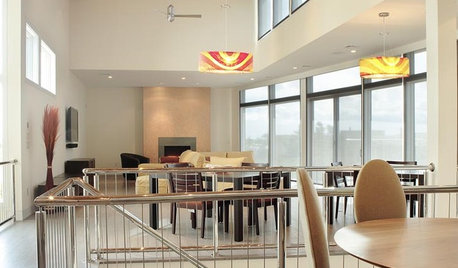
CEILINGSCeilings Worth Another Look
Wood, Pattern, Metal and Light Make Your Fifth Wall Shine
Full Story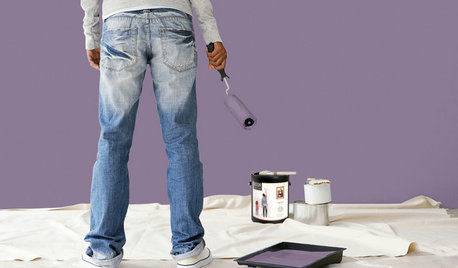
PAINTINGBulletproof Decorating: How to Pick the Right Kind of Paint
Choose a paint with some heft and a little sheen for walls and ceilings with long-lasting good looks. Here are some getting-started tips
Full Story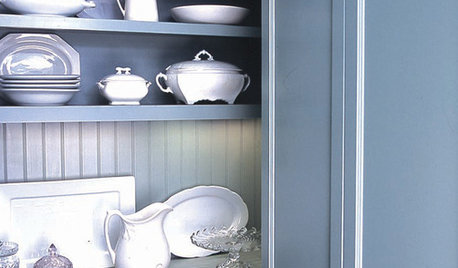
REMODELING GUIDES8 Great Ways to Use Beadboard
Grooved Paneling Works Wonders on Backsplash, Bookshelf, Ceiling or Tub
Full Story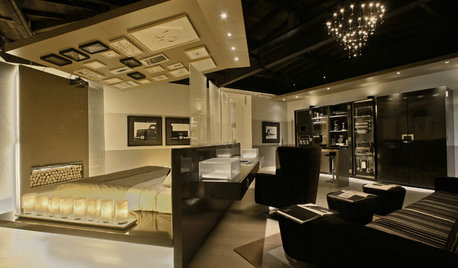
HOUZZ TOURSHouzz Tour: Luxurious Modern Loft in Buenos Aires
Step inside a bachelor pad that makes use of every square foot — right up to a gallery wall on the ceiling
Full Story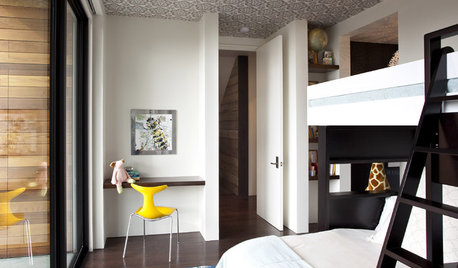
DECORATING GUIDESTop It Off: Wallpapered Ceilings Take the Eye High
Check out these rooms to see the difference a wallpapered ceiling makes
Full Story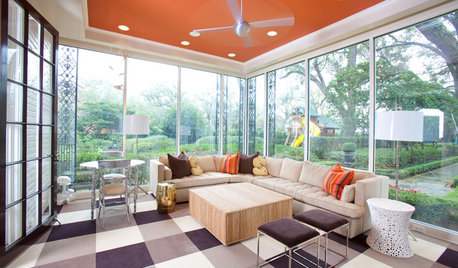
MOST POPULARHeads-Up Hues: 10 Bold Ceiling Colors
Visually raise or lower a ceiling, or just add an eyeful of interest, with paint from splashy to soothing
Full Story
MORE ROOMSTech in Design: Where to Put Your Flat-Screen TV
Popcorn, please: Enjoy all the new shows with a TV in the best place for viewing
Full Story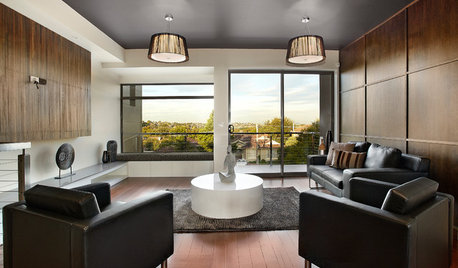
COLOR11 Reasons to Paint Your Ceiling Black
Mask flaws, trick the eye, create drama ... a black ceiling solves a host of design dilemmas while looking smashing
Full Story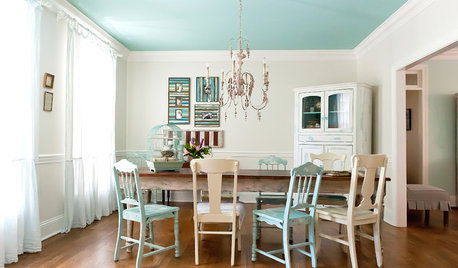
COLORAdd Excitement With Vibrant Ceiling Color
Slather on some bold ceiling color for an instant — and eye-catching — transformation
Full Story





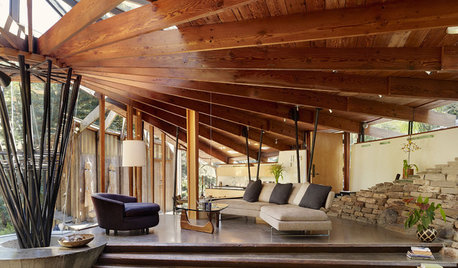



kimkitchy